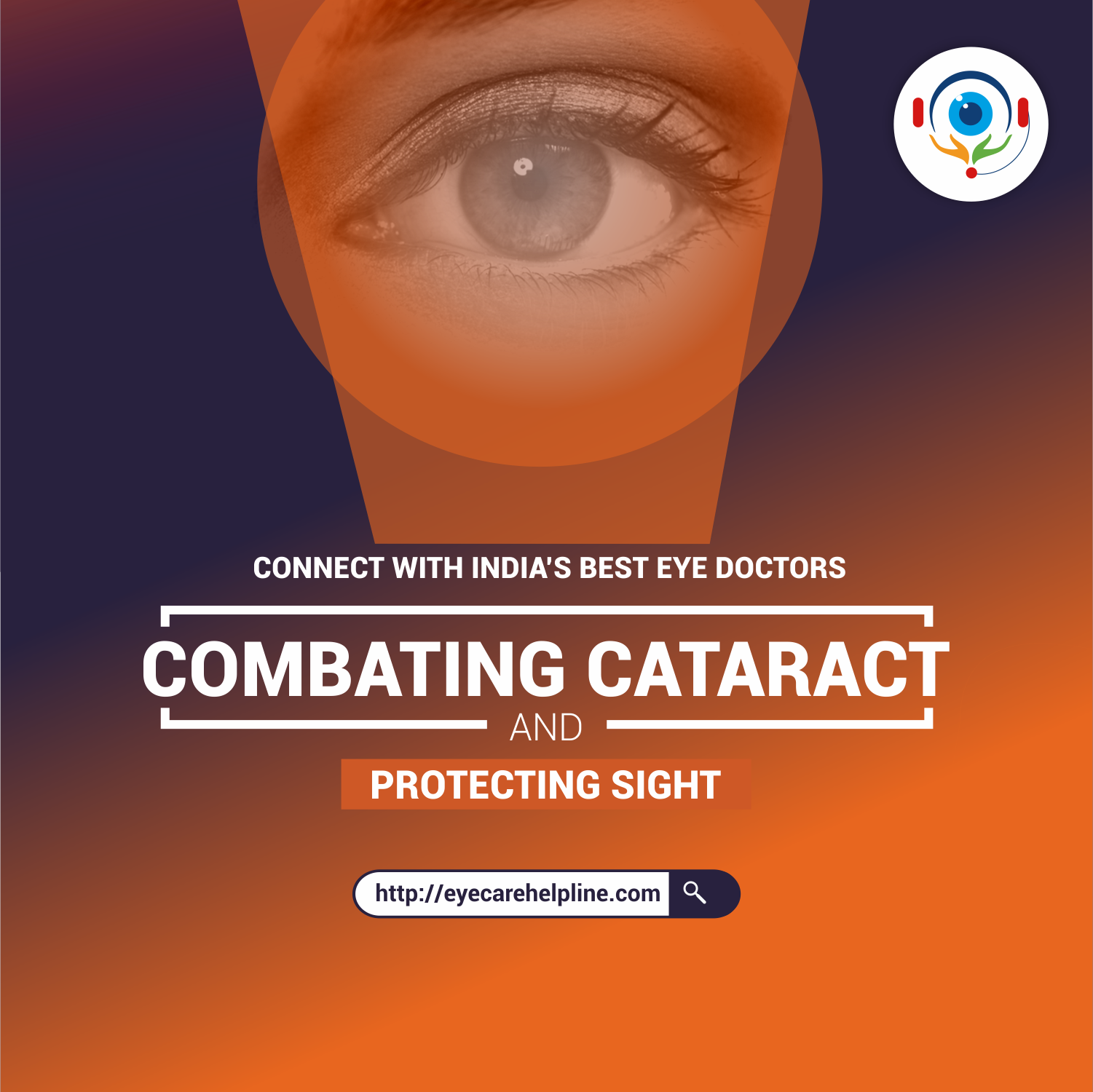- By: Dr. Aditya Sharma
What is Keratoconus?
When the cornea (the transparent layer that forms the frontal dome-shaped portion of the eye) becomes thin and bulges outward forming a cone, the result is an eye condition called Keratoconus.
A cone-shaped cornea results in blurry vision, light sensitivity and glare.
Although keratoconus usually affects both the eyes, quite often one eye remains more affected than the other.
Causes
Collagen is the tiny fibers of protein present in the eye. These fibers aid in holding the cornea in place, preventing it from bulging.
If these fibers weaken due to a decrease in antioxidant levels, the fibers can no longer hold the shape causing the cornea to bulge out and become cone-shaped.
At times, this eye condition runs in families. If you are suffering from keratoconus, there are chances that your child may have it as well. And so, it becomes vital to get your child’s eyes checked once he / she turn 10.
If an individual is already suffering from some other medical condition, keratoconus advances more quickly.
It normally begins during teenage years. However, it can begin in childhood or by the age of 30. For people who are 40 or above, it is comparatively a rare occurrence.
Keratoconus advances slowly and gradually for 10 years or even longer.
How does Keratoconus Affect Vision?
With Keratoconus there are two ways by which vision can be affected -
1. Irregular Astigmatism comes into being when the cornea transforms into a cone shape and the smooth surface becomes distorted.
2. Nearsightedness occurs when the frontal portion of the cornea expands. In nearsightedness objects that are in close proximity are clearer compared to objects kept at a distance.
Symptoms
1. Blurred Vision
2. Sudden Clouding / Worsening of Vision
3. Increased Sensitivity to Bright Light & Glare
4. Need to Repeatedly Change Eyeglass Prescription
You may see a change in signs and symptoms as it progresses.
Diagnosis
If your eyesight is rapidly deteriorating, you must visit your doctor at the earliest.
An eye exam will help the doctor identify any symptoms of keratoconus. And to be a 100% sure, the doctor will measure the shape of your cornea. There are several ways through which that can be done.
Corneal Topography is the most common method that is used for this purpose. In this, a snapshot of the cornea is taken and the cornea is examined in seconds.
Children whose parents have keratoconus should go for an annual eye check-up after they turn 10 years old. Even if the test results are normal, eye check-ups must be done every year because over time subtle changes which indicate the rise of the disease may come into existence.
Treatment
Following are the various treatment methods that are used to treat keratoconus -
1. Glasses & Lenses - Glasses or soft lenses can be used to rectify vision problems in the early stages of keratoconus. You may be required to get fitted with rigid, gas permeable or any other type of contact lenses.
2. Cornea Transplant - If the condition graduates to a more advanced stage, you may be asked to undergo a cornea transplant.
3. Cornea Collagen Crosslinking - Cornea Collagen Crosslinking is a treatment method that effectively helps prevent worsening. It uses implants called intacs that are positioned below the cornea’s surface to reduce its cone shape and improve vision.
4. Laser Procedure - PTK is a specialized laser procedure that can smooth out a raised scar.
Takeaway
Keratoconus is an eye condition that affects vision and that can be corrected using various treatment options.



